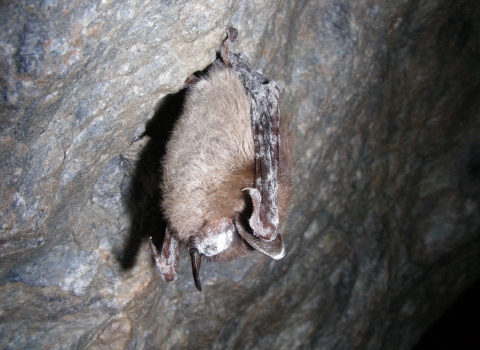Although the eastern cougar has been on the endangered species list since 1973, its existence has long been questioned. The U.S. Fish and Wildlife Service (Service) conducted a formal review of the available information and, in a report issued today, concludes the eastern cougar is extinct and recommends the subspecies be removed from the endangered species list.
“We recognize that many people have seen cougars in the wild within the historical range of the eastern cougar,” said the Service’s Northeast Region Chief of Endangered Species Martin Miller. “However, we believe those cougars are not the eastern cougar subspecies. We found no information to support the existence of the eastern cougar.”
Reports of cougars observed in the wild examined during the review process described cougars of other subspecies, often South American subspecies, that had been held in captivity and had escaped or been released to the wild, as well as wild cougars of the western United States subspecies that had migrated eastward to the Midwest.
During the review, the Service received 573 responses to a request for scientific information about the possible existence of the eastern cougar subspecies; conducted an extensive review of U.S. and Canadian scientific literature; and requested information from the 21 States within the historical range of the subspecies. No States expressed a belief in the existence of an eastern cougar population. According to Dr. Mark McCollough, the Service’s lead scientist for the eastern cougar, the subspecies of eastern cougar has likely been extinct since the 1930s.
The Service initiated the review as part of its obligations under the Endangered Species Act. The Service will prepare a proposal to remove the eastern cougar from the endangered species list, since extinct animals are not eligible for protection under the Endangered Species Act. The proposal will be made available for public comment.
The Service's decision to declare the eastern cougar extinct does not affect the status of the Florida panther, another wild cat subspecies listed as endangered. Though the Florida panther once ranged throughout the Southeast, it now exists in less than five percent of its historic habitat and in only one breeding population of 120 to 160 animals in southwestern Florida.
Additional information about eastern cougars, including frequently asked questions and cougar sightings, is at: http://www.fws.gov/northeast/ecougar. Find information about endangered species at http://www.fws.gov/endangered.


